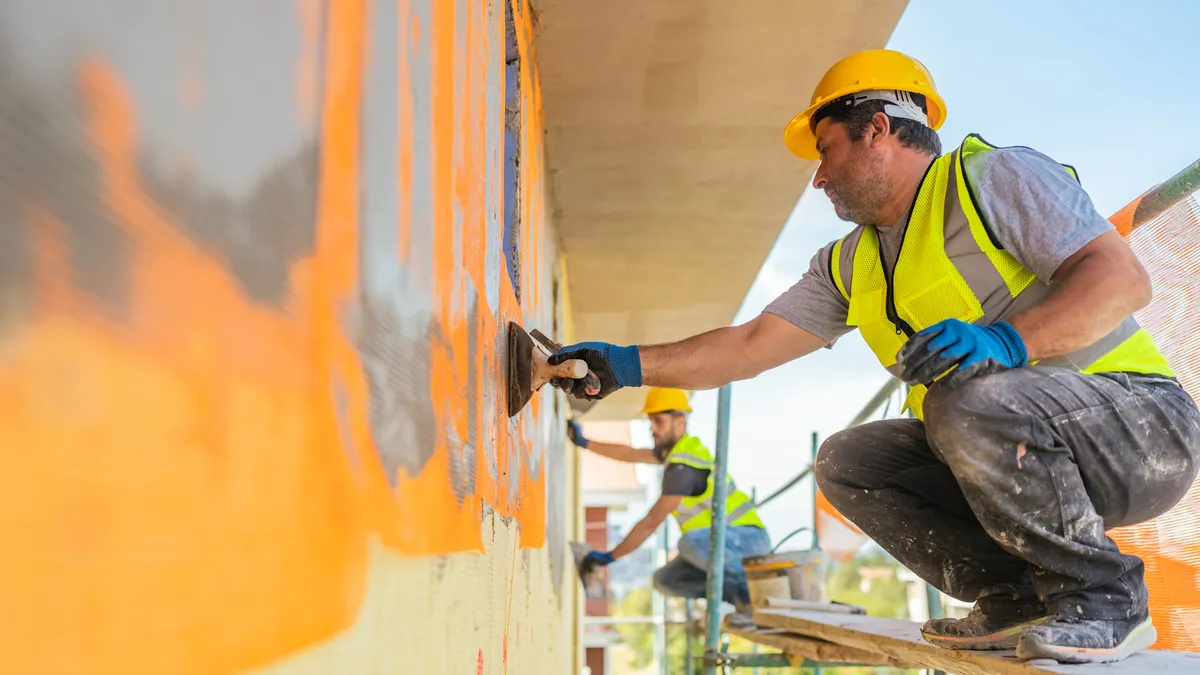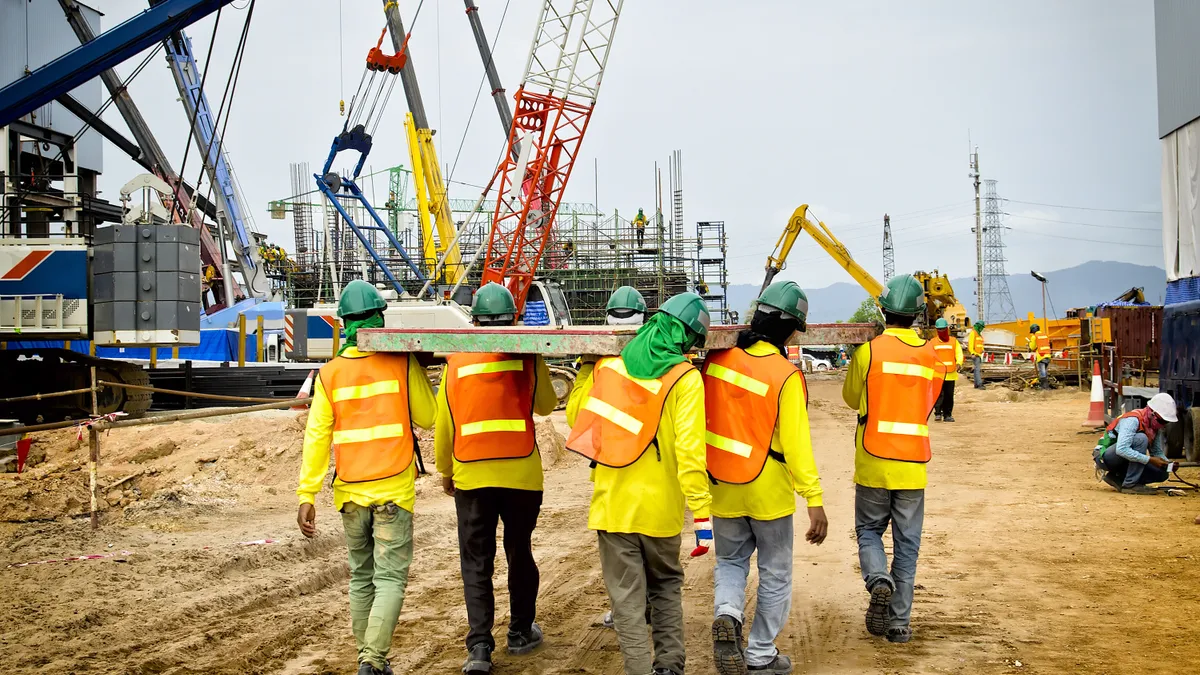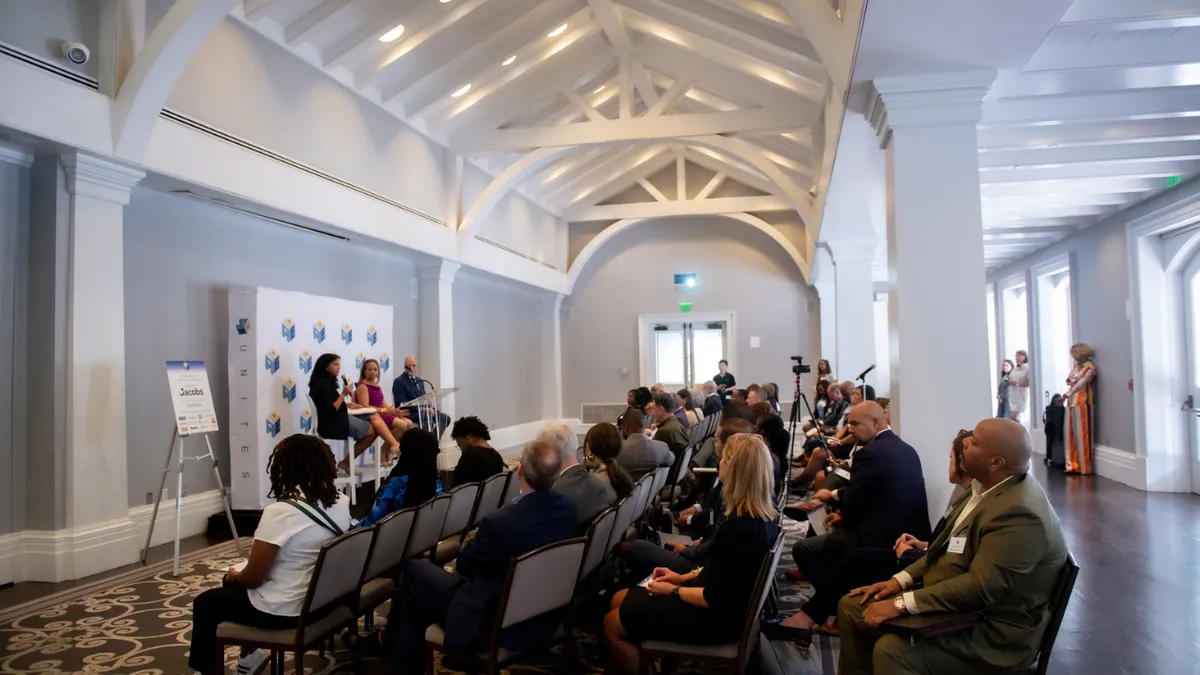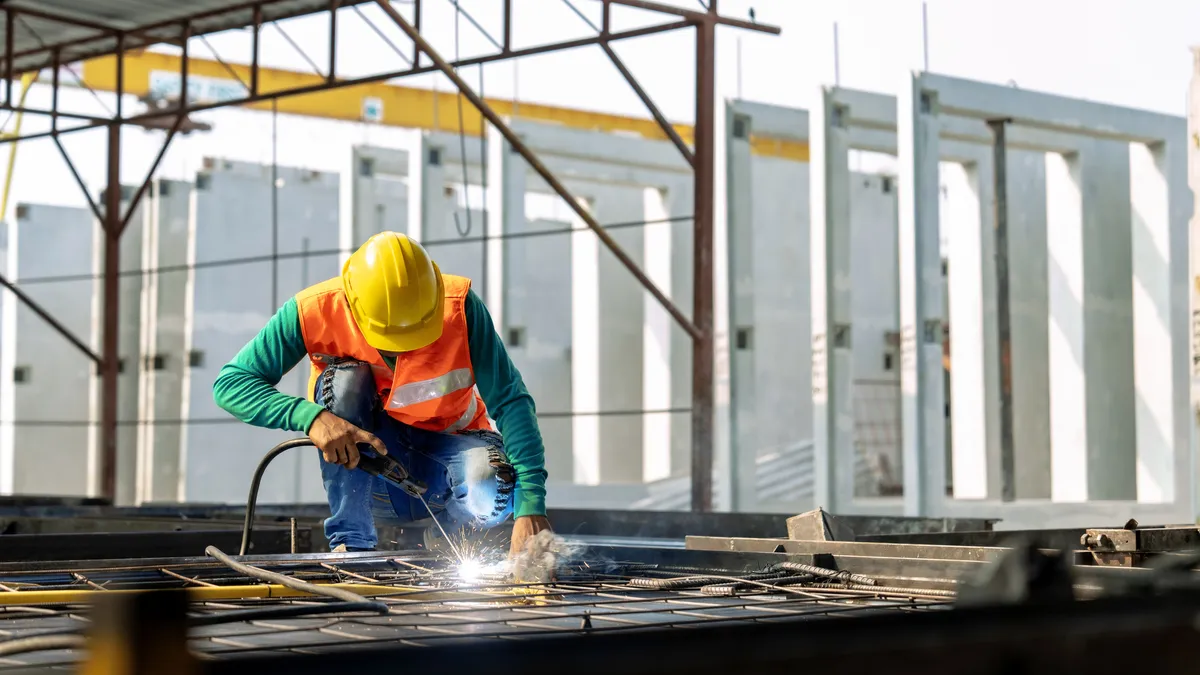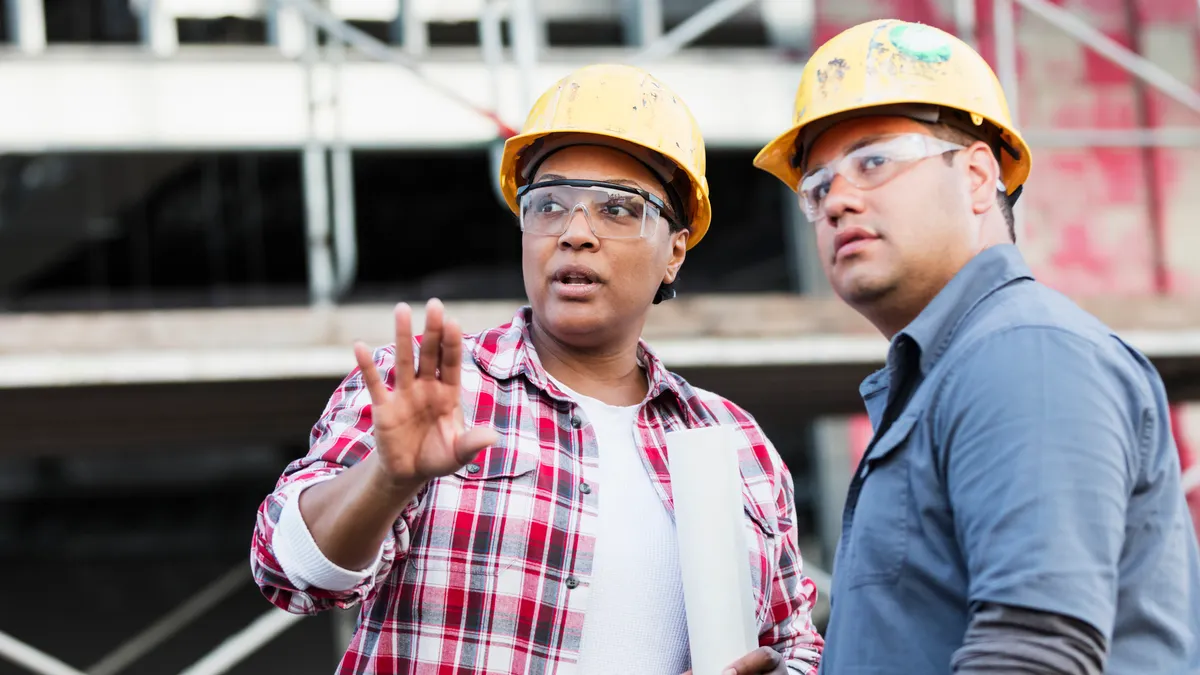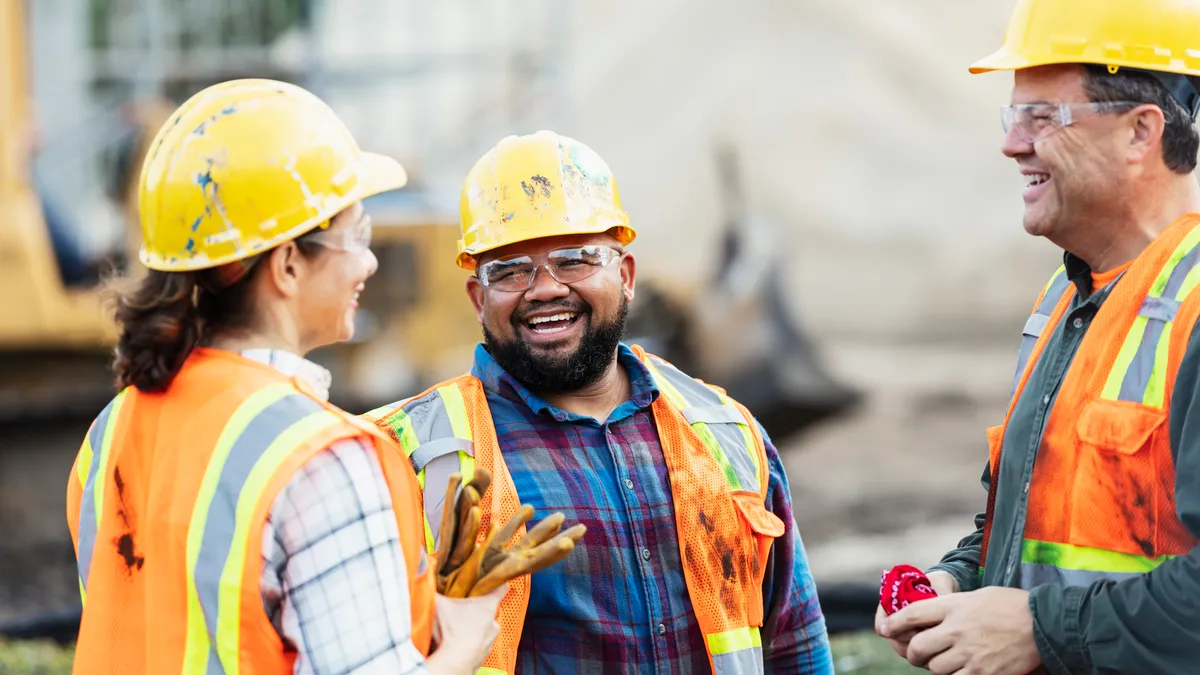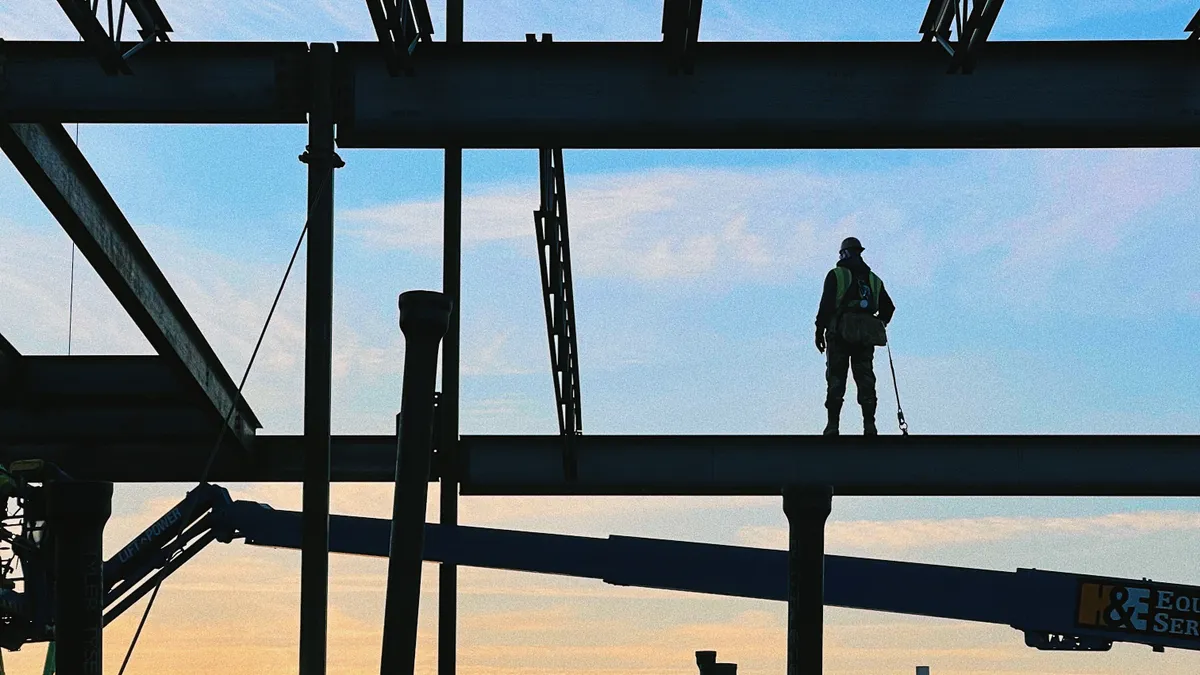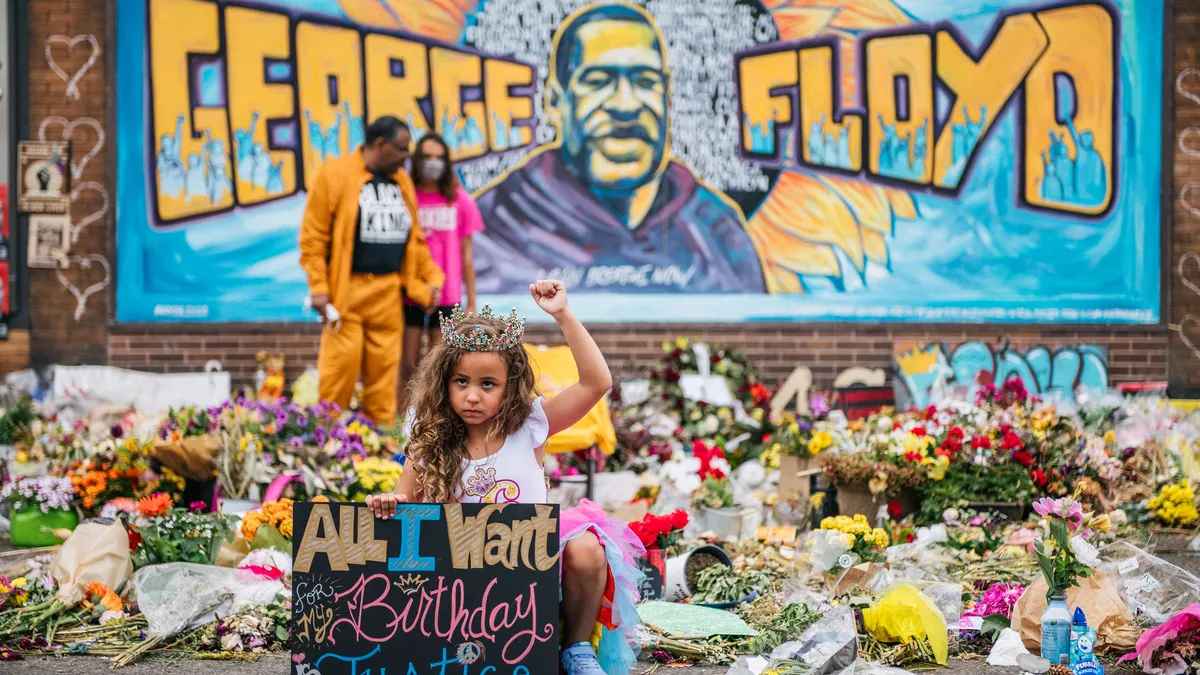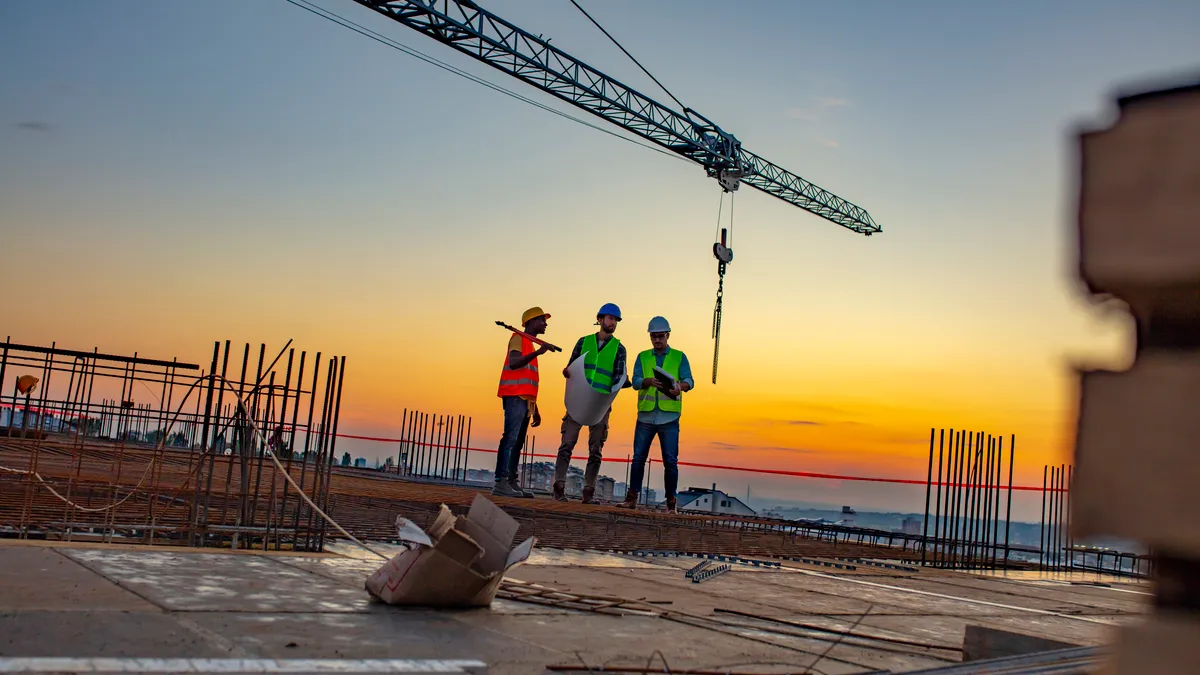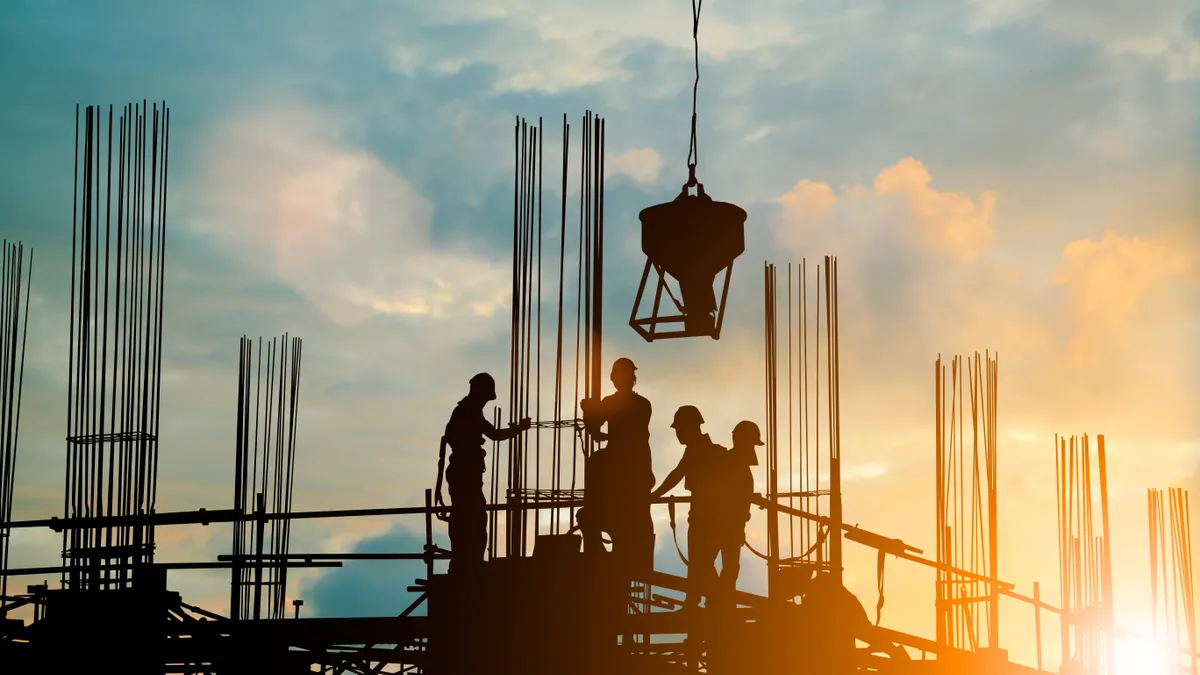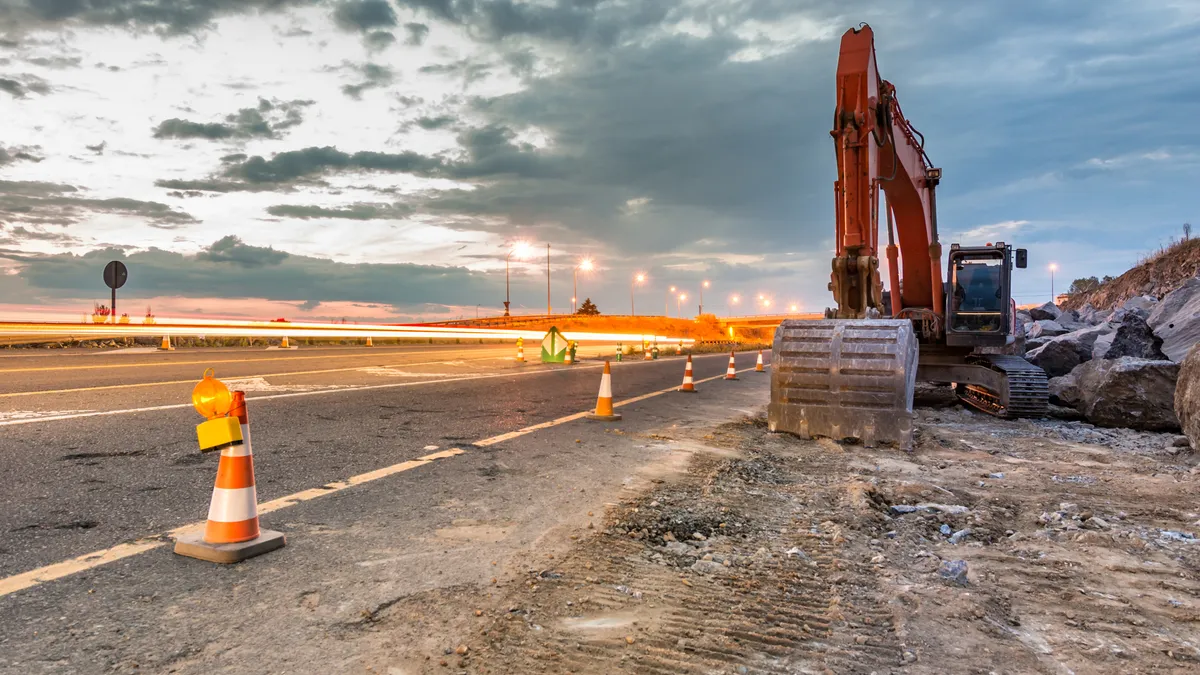This feature is a part of “The Dotted Line” series, which takes an in-depth look at the complex legal landscape of the construction industry. To view the entire series, click here.
With the recurrence of racist and sexist incidents on jobsites receiving increased attention in the construction industry, contractors have developed playbooks for responding to these events.
Included in those policies are site-wide stand downs to review what happened and counsel workers who need support, as well as directives to preserve evidence on site until company officials or law enforcement can investigate.
Some companies are also inserting anti-bias clauses and language into contracts with subcontractors, as well as a zero-tolerance policy toward harassment and hate on jobsites that applies to all workers.
Codifying a zero tolerance policy
For example, New York City-based Turner Construction, the largest general contractor in the country and one of the sponsors of the recent Construction Inclusion Week, has shared what it calls its “Bias Toolkit” with industry partners and clients to craft responses when these events occur.
Included is sample contract language emphasizing its stance against harassment based on race, sex, gender, transgender status, sexual orientation and several other protected classes, including marital status, mental disability and pregnancy. It also has a section binding subcontractors to the policy as an obligation of the overall contract, with any failure to do so justifiable grounds for breach.
And it seems to be having an effect. Turner, which tracks all reported bias-motivated incidents on its jobsites, just as most contractors track safety accidents, had recorded 23 events in 2022 through mid-October. That’s roughly one-third of the 75 events it saw over the same time period in 2021.
The legal legacy of George Floyd
The contract language came about, said Patrick Blake, Turner’s chief legal officer, shortly after George Floyd’s murder set off a reckoning with racist events at jobsites nationally.

“We already had a long-standing anti-harassment policy that we bound our subcontractors to,” Blake said. “But in 2020 we really wanted to bring greater visibility to those obligations as well as clarify our expectations. So we kept our policy incorporated by reference, but also created a new section that distills certain key points we wanted to shine a light on.”
Not only do those points include requiring subs to be bound by the policy, but also to proactively uphold it themselves. One key sentence, for example, reads, “Subcontractor shall actively promote a harassment-free work environment among its officers, agents, employees, subcontractors and suppliers.”
Blake said that’s by design. “If you don’t do what's called for in the policy, or if you don't cooperate with an investigation after an event happens, then you are subject to all of the rights and remedies available to the contractor for a breach,” Blake said. “That includes termination of the subcontractor, which we think is very important.”
Indeed, earlier this year, Turner fired a subcontractor's worker on an Albany, New York, school project for displaying a Confederate flag on the hood of his car.
Barry LePatner, a construction lawyer and founder of New York City-based LePatner & Associates, says these kinds of clauses are becoming more common in contracts, and have already been incorporated by default in owner contracts via federal, state and local anti-harassment laws on protected classes.
“The big contractors are doing it as a matter of course,” LePatner said. “They have to, because if they go looking for large projects with either major corporations or public agencies, they’d be criticized for not having that kind of clause.”
LePatner says the trend is being driven by the larger pivot by corporations in general toward inclusivity and equity in the workplace, and that not policing against biased behavior is quickly becoming analogous with actively signaling an approval of it.
“If you’re playing in that dangerous ballpark where you're allowing your employees to peddle hate, divisiveness or bigotry, sooner or later it's going to cost you in the business world,” LePatner said. “Companies like that are going to have a short history, because no one wants to be identified as that today.”
Attorneys told Construction Dive that these types of clauses are enforceable in contracts and should hold up in court. But while they can help GCs maintain an inclusive jobsite, given the prevalence of biased attitudes in construction, they can also limit the number of companies who may be willing to agree to be bound by these types of terms and conditions.

“Unfortunately, the construction industry lags behind other areas of society when it comes to anti-bias and bullying,” said Joseph F. Herbert III, a partner and co-chair of the construction practice group at Atlanta-based Hall Booth Smith. When these clauses are included in contracts, employers run the risk of losing workers hesitant to sign them in a tight labor environment, he said.
Construction executives like Mortenson’s Dan Johnson and Turner’s Peter Davoren have made clear that they are willing to assume that risk, either firing workers and subs from sites who haven’t complied with the policies, or stating bluntly, as Johnson did, that if trade partners can’t agree to these types of clauses, “they don’t have to work here.”
Not just window dressing
Herbert also notes that when these clauses are used, they shouldn’t just be window dressing, but need to be followed and enforced. (Turner managers, for example, walk its jobsites daily, monitoring for signs of bias-motivated incidents.) And GCs should also include language to make sure a sub’s behavior comes back to bite them.
“There must be strong indemnification provisions in their subcontracts which protect the contractor in the event that their subcontractor’s employees breach these clauses,” Herbert said. “And they can’t just be standard clauses, because each state’s laws on indemnification differ.”
Making sure the language holds subs accountable for not only following the policy, but assisting in its enforcement at the supervisor and foreperson level, is also critical.
“Having their involvement at the principal level, at the crew leader level, is really important,” Blake said. “That's really how you prevent these instances from happening and that's how you have an effective investigation. Because you can’t be effective as the construction manager if you’re just doing it alone.”
____________________________________________________________
The Dotted Line series is brought to you by AIA Contract Documents®, a recognized leader in design and construction contracts. To learn more about their 200+ contracts, and to access free resources, visit their website here. AIA Contract Documents has no influence over Construction Dive's coverage within the articles, and content does not reflect the views or opinions of The American Institute of Architects, AIA Contract Documents or its employees.









